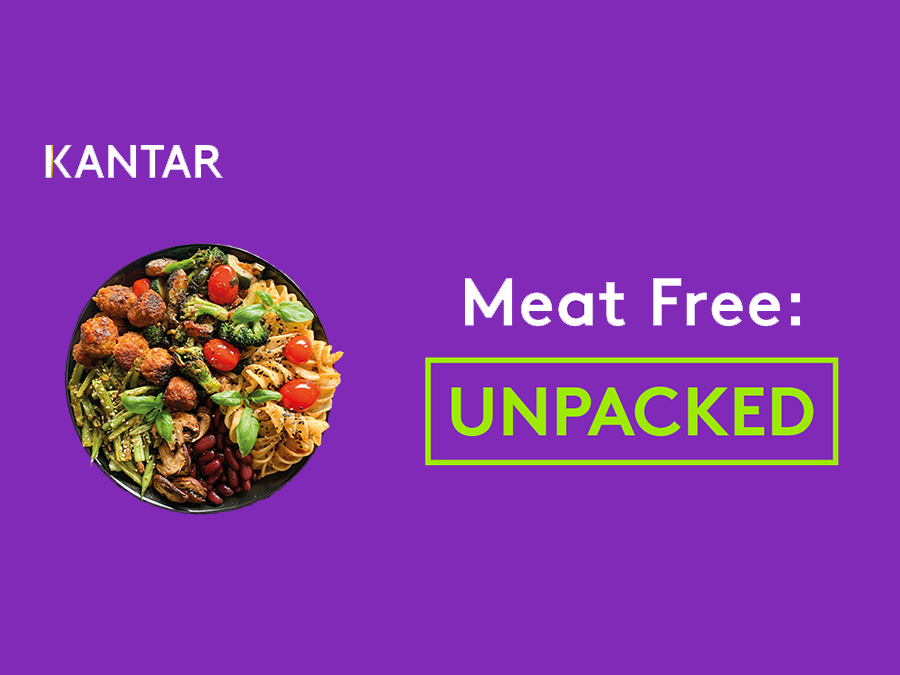Brand strategy is all about working out how to get from A to B
I don’t like to cook. It’s been that way for as long as I can remember. It’s not a case of can’t or won’t. I can and I do. Needs must. Recipe avoidance is a big part of it. I’d be much happier free styling. However, I am well aware of the culinary limitations my life-long lack of interest in food preparation has created. I couldn’t free style a Victoria Sponge without the help of Betty Crocker or a Korma without a hand from Patak’s.
With this context, it might surprise you that I decided to make a lasagne last weekend. My desire to spend time with friends at home is in direct conflict with my dislike of cooking.
Before I could start planning for how I would achieve my goal, a vegetarian lasagne for 8 people, I needed to figure out my start point. What did I have in? How much time and energy did I have? What was my budget? When I knew that I could start working out how to get from A to B.
Would I be making béchamel sauce from scratch? Turning to Lloyd Grossman, my husband, or making a quick visit to my local Cook store? Would I stick with veg or use a meat substitute? If so, which brand should I choose? Each of those options had pros and cons. Knowing my start point was an important variable in working through which solutions would best achieve my goal.
What does all this have to do with brand strategy and our #Kantar #BrandStrategyUnpacked series? Well, #brandstrategy is all about working out how to get from A to B.
Working out your brand start point requires diagnosis
Brand start points aren’t always immediately evident, brands are less evident than the ingredients in my kitchen cupboards. Brands exist intangibly in people’s heads and hearts, a compilation of a lifetime of encounters that live in our memories. To measure your start point you need to determine people’s predisposition toward your brand. How do people feel about your brand? What is your equity in the market? Understanding this type of status quo requires astute diagnosis.
Kantar has found that brands that predispose people to buy more and pay more tend to have three qualities:
1. They are relevant and resonate positively with people. More people have affinity towards them and say that they meet their needs. They are meaningful.
2. They stand apart from other brands. They have a competitive edge that makes them more unique or more dynamic. They are different.
3. They come to mind more quickly and easily than the competition, across a broad range of category applications. They are salient.
These three concepts – meaningful, different and salient – are highly validated through #KantarBrandZ. Recent work by the #SaidBusiness School at Oxford University, using Kantar data, showed that including these metrics in their modelling massively improved the predictive power of their model for abnormal stock market returns. Predictive power went from 75% to 99%!Understanding these components of predisposition was the missing link.
The start point in our journey to unpack #BrandStrategy was to diagnose brand performance in the new and evolving UK #meatfree category. We mapped the brands by assessing how meaningful, different and salient they were. When your goal, boiled down, is loosely ‘brand growth’, diagnosis of these metrics provides clear guidance on where to focus to achieve that result.
Uncover how meaningful, different and salient your brand is to diagnose the start point for your brand, before you strategise to achieve your goal.

Where should a brand focus their efforts next?
Evolution not revolution
The market leading brands #Quorn and #LindaMcCartney in the top-right box of our chart are strong performers. Their aim will be to keep on winning, to find more room for growth, to guard against competitive pressure, to protect margins. This requires evolution, rather than revolution. In a such rapidly evolving market, the context is continually changing. This means there is a constant need to adjust to keep up. The challenge for these brands is how to evolve, while protecting and retaining that meaningful difference that has driven their success in the first place? Our role here might be to help these brands to find ways to stay relevant while retaining strong difference via consistency and clarity.
Driving relevance
Brands in the top-left quadrant have strong difference, but they are lagging behind on meaning. They are not meeting needs or driving affinity as strongly as others. Resolving this might require some human centric understanding. Kantar’s role here might be to help brands like #THIS or #BeyondMeat unlock what people want, need and expect so they can adapt to empathetically to culture and evolve in a way that drives relevance and aligns with the difference these brands already have.
A stronger point of difference
Bottom-right brands like #Richmond and shops own label are meaningful but have low difference. They don’t stand apart from other brands; or have a competitive edge that makes them more unique or more dynamic. Kantar’s role here might be to help plot a pathway to a stronger point of difference. Innovation is one way to build difference. Another is building strong brand clarity through brand centric consistency. This helps ensure that each encounter people have with a brand is congruent with the next. This in turn creates mental connectivity, building on previous memories of experiences.
Building predisposition
Bottom-left brands like #SqueakyBean currently have both low difference and meaning. Revolution may be required. Kantar’s role here might be to help identify opportunities to create meaningful difference in order to build strong predisposition.
Wait, what happened with the lasagne?! Well, I had time and ingredients, so I found a recipe and took the scratch cooking route. I opted to use spinach and mushroom instead of meat alternatives. It looked, smelt and tasted delicious - our guests were very complimentary. Goal accomplished. Did I enjoy the experience? No. But the outcomes were totally worth it.
Find and follow #BrandStrategyUnpacked on LinkedIn.
Downloadable slide - click here to download


